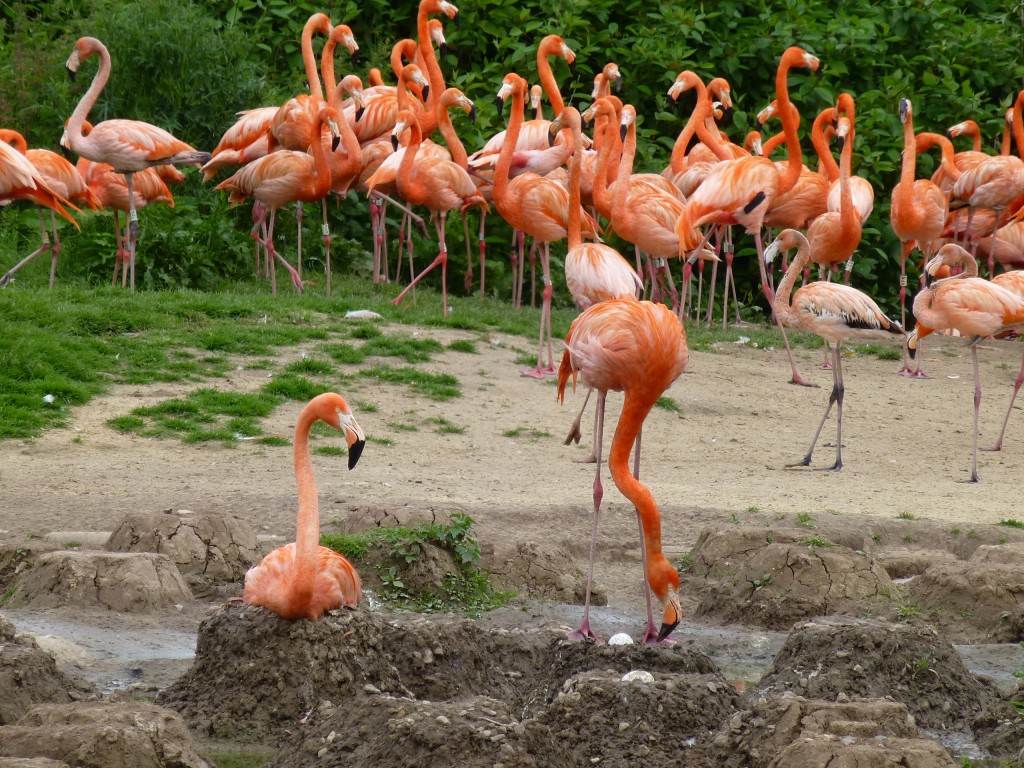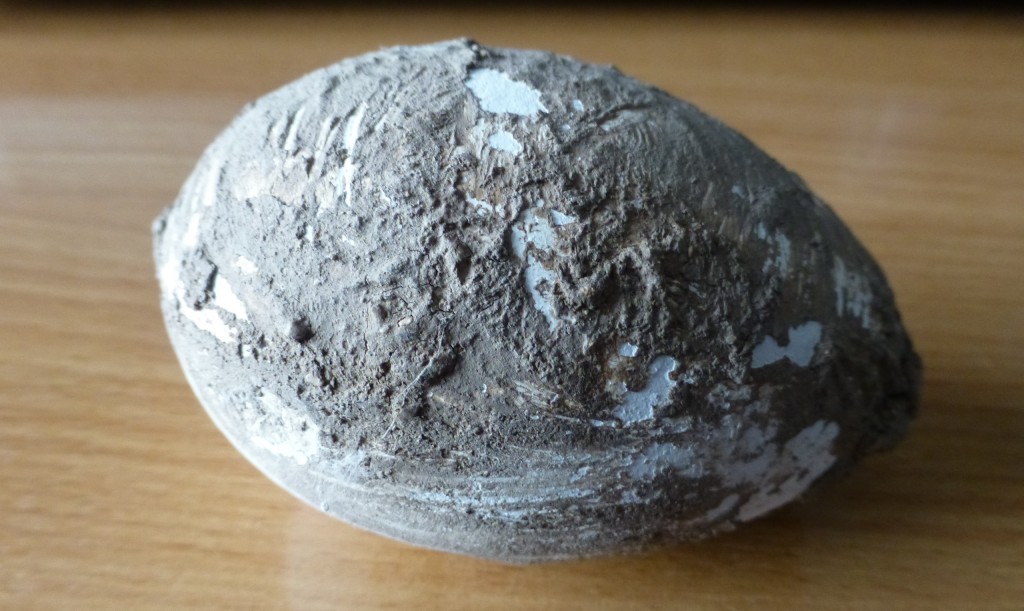Eggs and nests galore!
A quick "flamingo breeding season" update for you all. So far the Caribbean flock at WWT Slimbridge is in full swing and has produced 20 eggs that are being expertly tended by Phil, Sparky and Phoebe up in the Duckery. So be sure to look out for the wooden eggs that the birds have a-top their nesting mounds as you stop to look at this flock. I have mentioned before in a previous post about the engineering marvel that is the flamingo's nest and how its shape is specifically designed to maximise the survival of the baby bird, but the flamingo's egg is also a remarkable structure (as are those of all birds) and hence worthy of a closer look.

A flamingo's egg is white and has a chalky covering that is one of the distinctive features of this species. This chalky coat may have a protective function to enable the developing embryo to cope with the harsh environment that flamingos generally live in, as well as the dirty nest that flamingos build. Flamingo eggs soon get very grubby in the damp mud nest mound and as the birds do not line their nests, like you would see in other species, the egg soon appear brown. Again, an unusual feature of the flamingo egg is that the chick can still grow and develop normally without any problems when the egg shell is covered in mud.

The taxonomy (naming) of flamingos is still uncertain and scientists are not 100% in agreement to which group of birds they are most closely related to. One of the ways in which classification of flamingos compared to other birds has been attempted is by looking at the structure of their egg white (albumin) and seeing which is most resembles. The scientists that conducted this investigation noted that flamingo albumin most closely resembles that of the heron family. The jury is still out, however, on which bird is their closest family relation.
WWT is a world leader in the captive breeding and conservation breeding of ducks, geese, swans and flamingos. For more information on the Trust's unrivalled success stories in this field of aviculture you can follow the Slimbridge Duck Diary written by expert duckery warden Phoebe here: http://www.wwt.org.uk/visit/slimbridge/diaries/phoebes-duck-diary/



